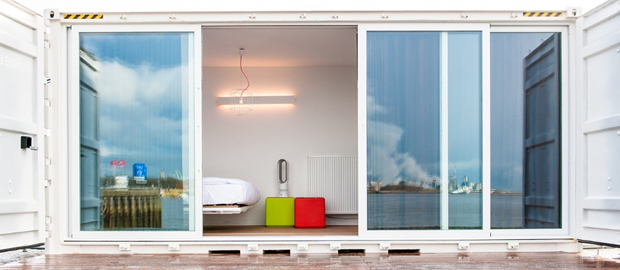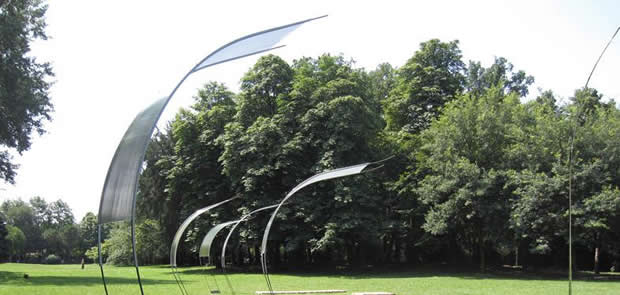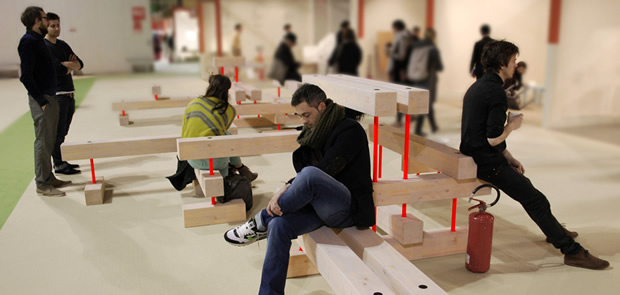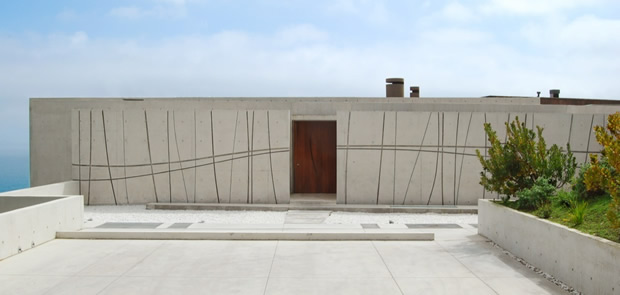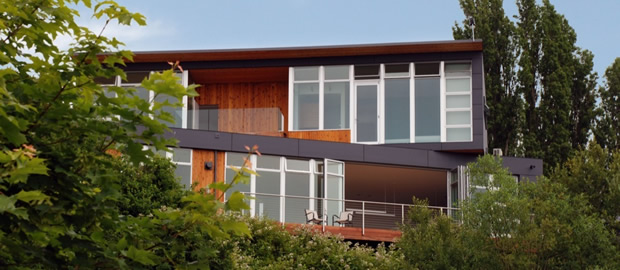In this article Hidden Room will cover Sleeping Around which is a pop up hotel made out of 20 feet recycled sea containers. Each of those containers is equipped with a box-spring bed, rain shower, iPod docking station and air conditioning making it a luxurious yet affordable way for someone to spend his/her night. Containers are made in China and are usually leftovers from worldwide transportation companies which after serving their purpose are usually dumped in ports like Antwerp since the cost for
shipping them back is huge. Sleeping Around Pop Up Hotel offers the following services: 4 star hotel room that offer a floating box-spring bed with high quality linen, XXL Hansgrohe Raindance Shower, Rituals amenities, Dyson air conditioning system and more Lounge Container where breakfast is served Sauna container where obviously you can enjoy your sauna Current location for Sleeping Around is at the Rijnkaai (Waagnatie) in Antwerp, while on their official website they entertain other locations requests for relocation. Sleeping Around Container Hotel Gallery

